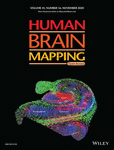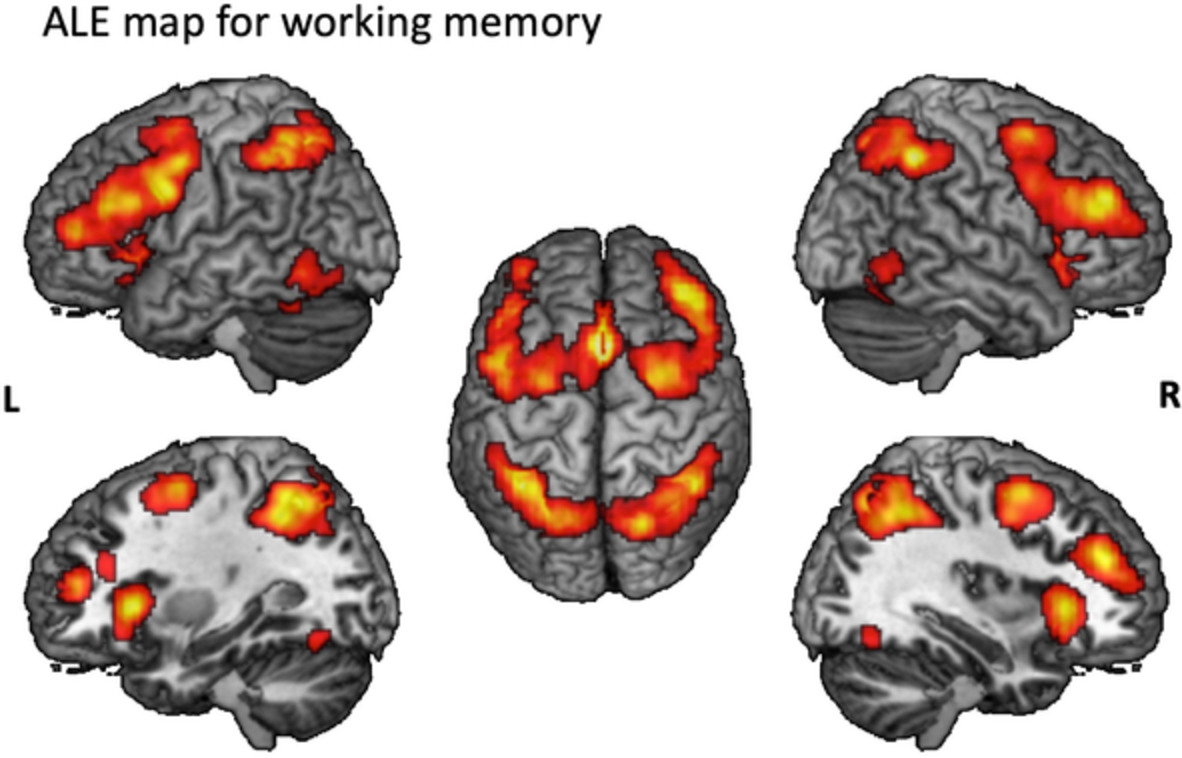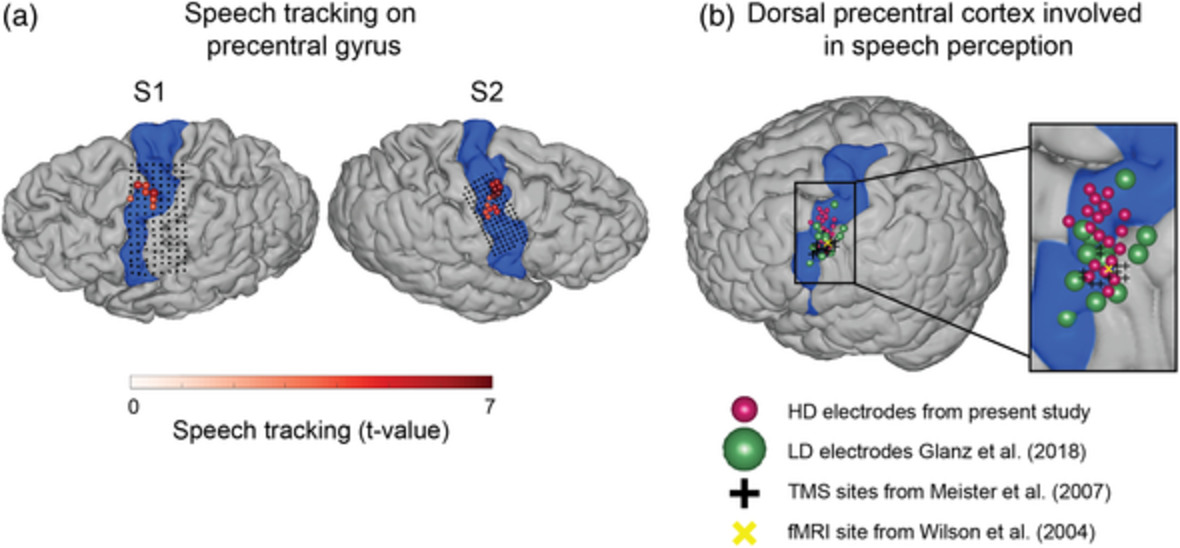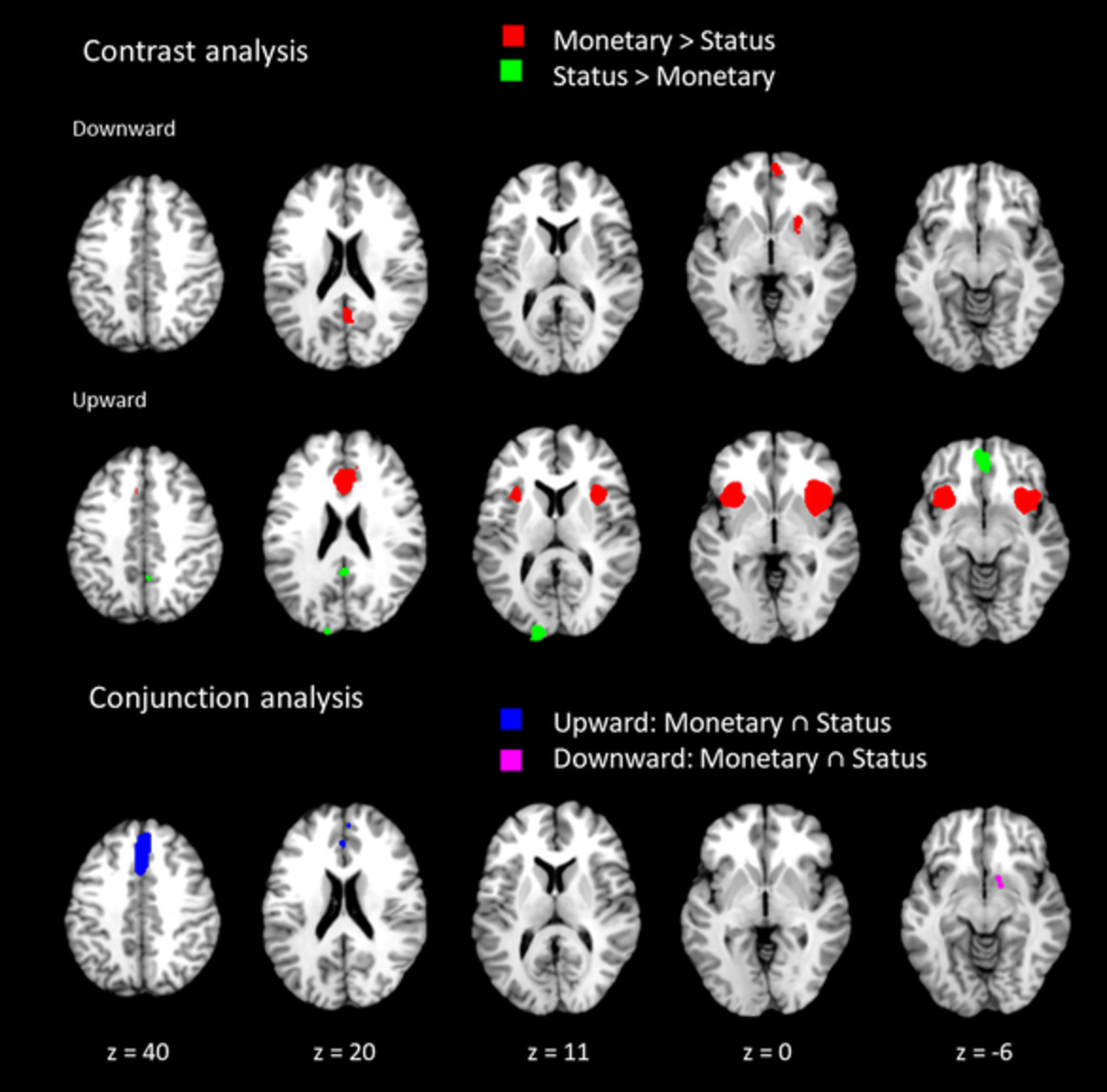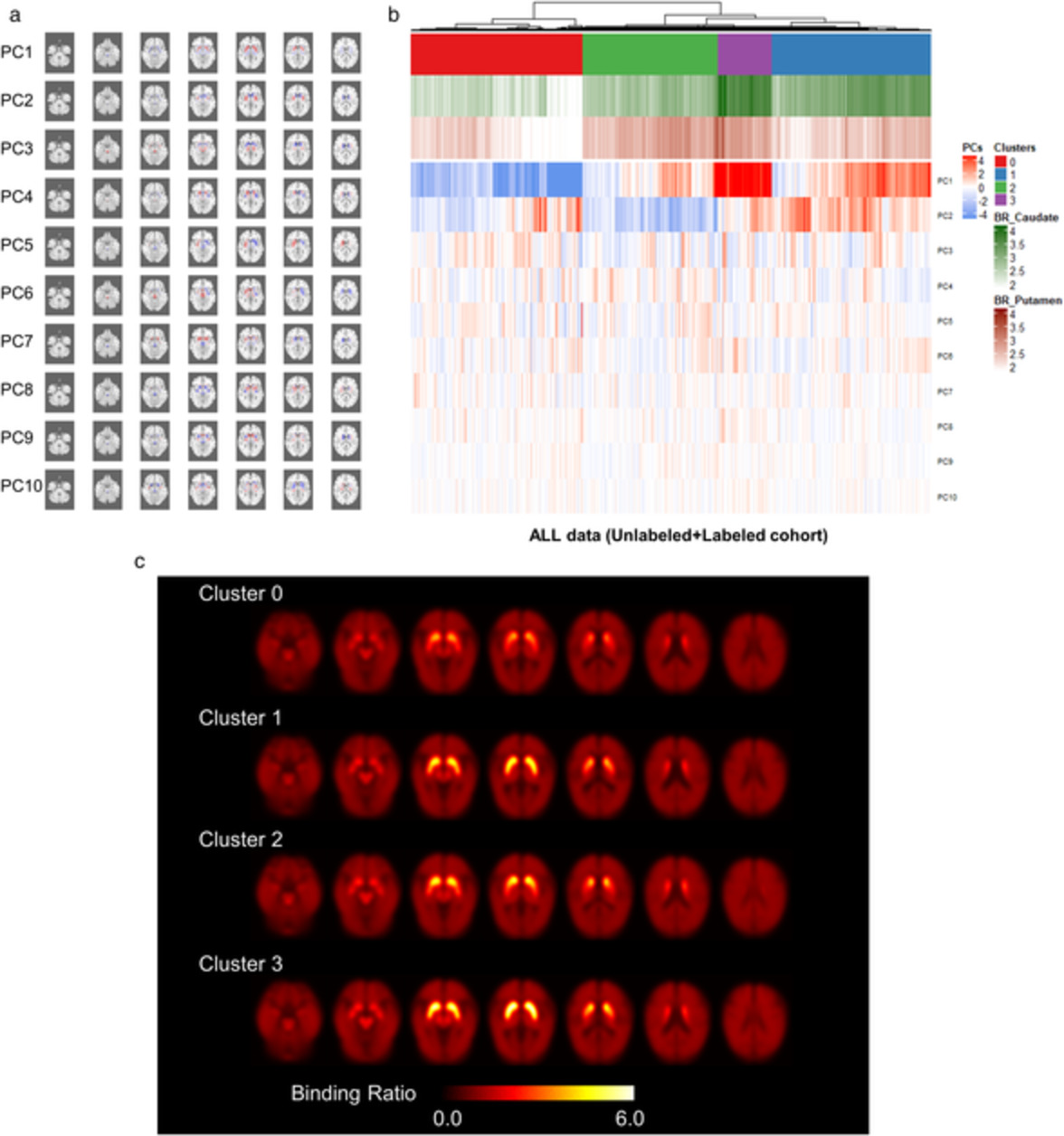Journal list menu
Export Citations
Download PDFs
COVER IMAGE
Cover Image
- First Published: 13 October 2020
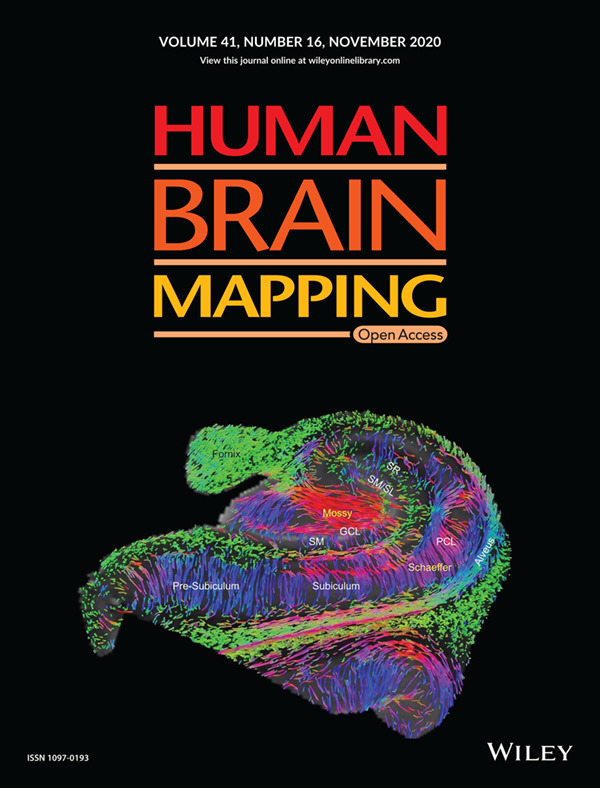
COVER ILLUSTRATION Mesoscale diffusion tensor imaging reveals a unique insight into intra-hippocampal connectivity. Specific connections, such as Schaeffer collaterals and Mossy fibers, between cell layers can be quantified to investigate how pathologies, such as epilepsy, affect hippocampal connectivity.
ISSUE INFORMATION
RESEARCH ARTICLES
Common and separable neural alterations in substance use disorders: A coordinate-based meta-analyses of functional neuroimaging studies in humans
- Pages: 4459-4477
- First Published: 10 September 2020
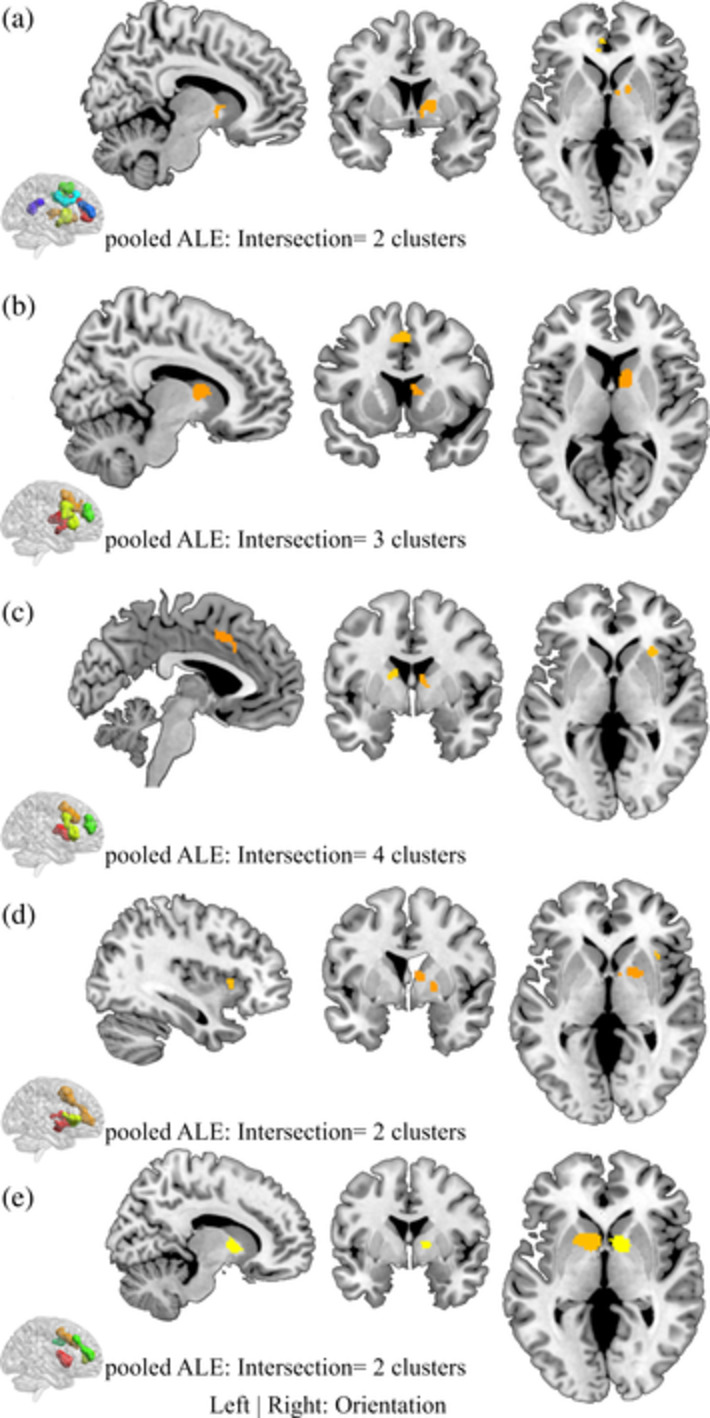
The present results emphasize the role of dysregulations in striato-frontal circuits as shared pathological substrate across substance use disorders. In addition, the meta-analytic findings revealed for the first time evidence for robust substance-specific alterations in limbic-thalamo-frontal circuits that may contribute to substance-specific behavioral dysregulations and furthermore suggest that dysregulations in the domains of motivational and cognitive processes are mediated by separable brain systems.
Harmonization of diffusion MRI data sets with adaptive dictionary learning
- Pages: 4478-4499
- First Published: 26 August 2020
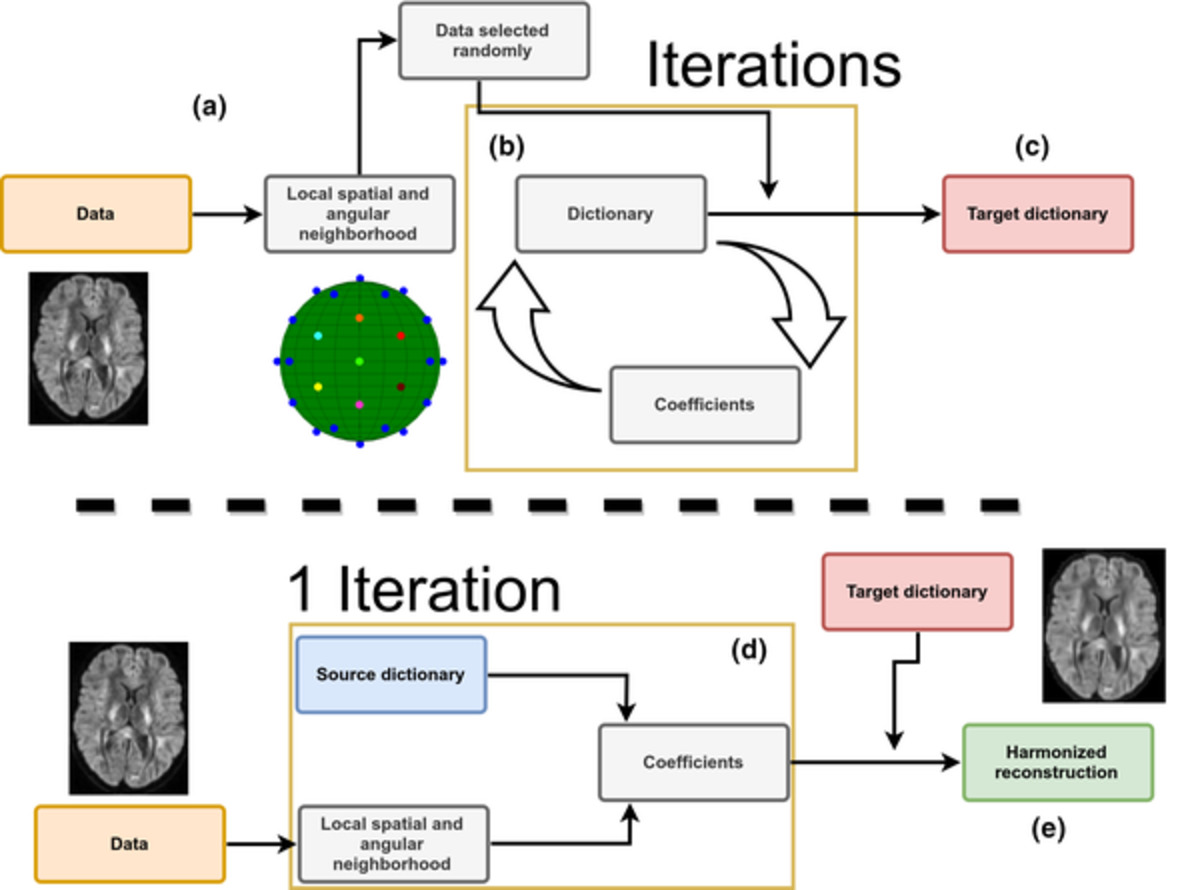
In this work, we propose a new harmonization algorithm based on adaptive dictionary learning to mitigate the unwanted variability of diffusion magnetic resonance imaging data sets associated with the scanning protocol. Our harmonization algorithm does not require paired training data sets, nor spatial registration or matching spatial resolution. Results show that the effect size of the four studied diffusion metrics is preserved while removing variability attributable to the scanner, while still reducing global variability at the same time.
Direct visualization and characterization of the human zona incerta and surrounding structures
- Pages: 4500-4517
- First Published: 17 July 2020
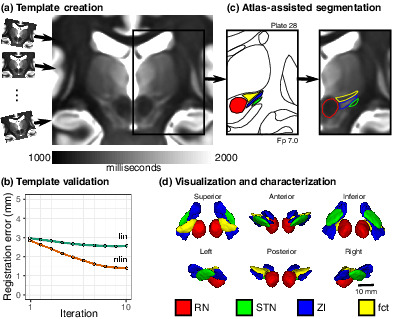
The zona incerta (ZI) is a small gray matter region of the deep brain first identified in the 19th century, yet direct in vivo visualization and characterization has remained elusive. We demonstrate that high resolution longitudinal relaxometry measurements at high magnetic field strength (7 T) can be used to delineate the ZI from surrounding white matter structures. Our findings pave the way for increasingly detailed in vivo study and provide a structural foundation for precise functional and neuromodulatory investigation.
Common HTR2A variants and 5-HTTLPR are not associated with human in vivo serotonin 2A receptor levels
- Pages: 4518-4528
- First Published: 22 July 2020
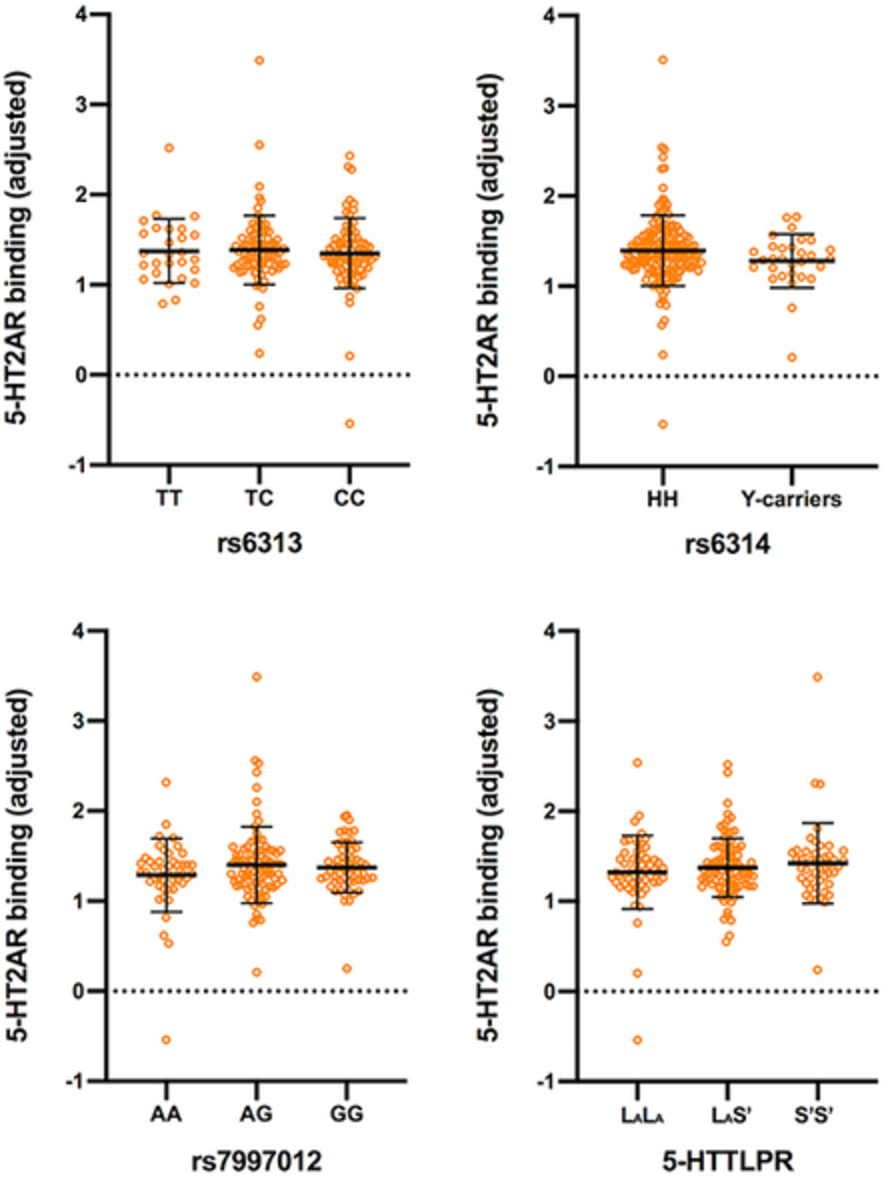
We evaluated whether common HTR2A single nucleotide polymorphisms rs6313, rs6314, rs7997012, and the 5-HTTLPR predict 5-HT2AR binding, assessed with [18F]altanserin and [11C]Cimbi-36 positron emission tomography in healthy individuals. This is the largest study to date evaluating genetic predictors of a human in vivo serotonin protein (n = 197). Although relative differences of up to 10% were detected, no statistically significant effect was observed. Our results do not support a significant contribution of these individual variants to genetic load on 5-HT2AR binding.
Ex vivo mesoscopic diffusion MRI correlates with seizure frequency in patients with uncontrolled mesial temporal lobe epilepsy
- Pages: 4529-4548
- First Published: 21 July 2020
Asymmetric tumor-related alterations of network-specific intrinsic functional connectivity in glioma patients
- Pages: 4549-4561
- First Published: 27 July 2020
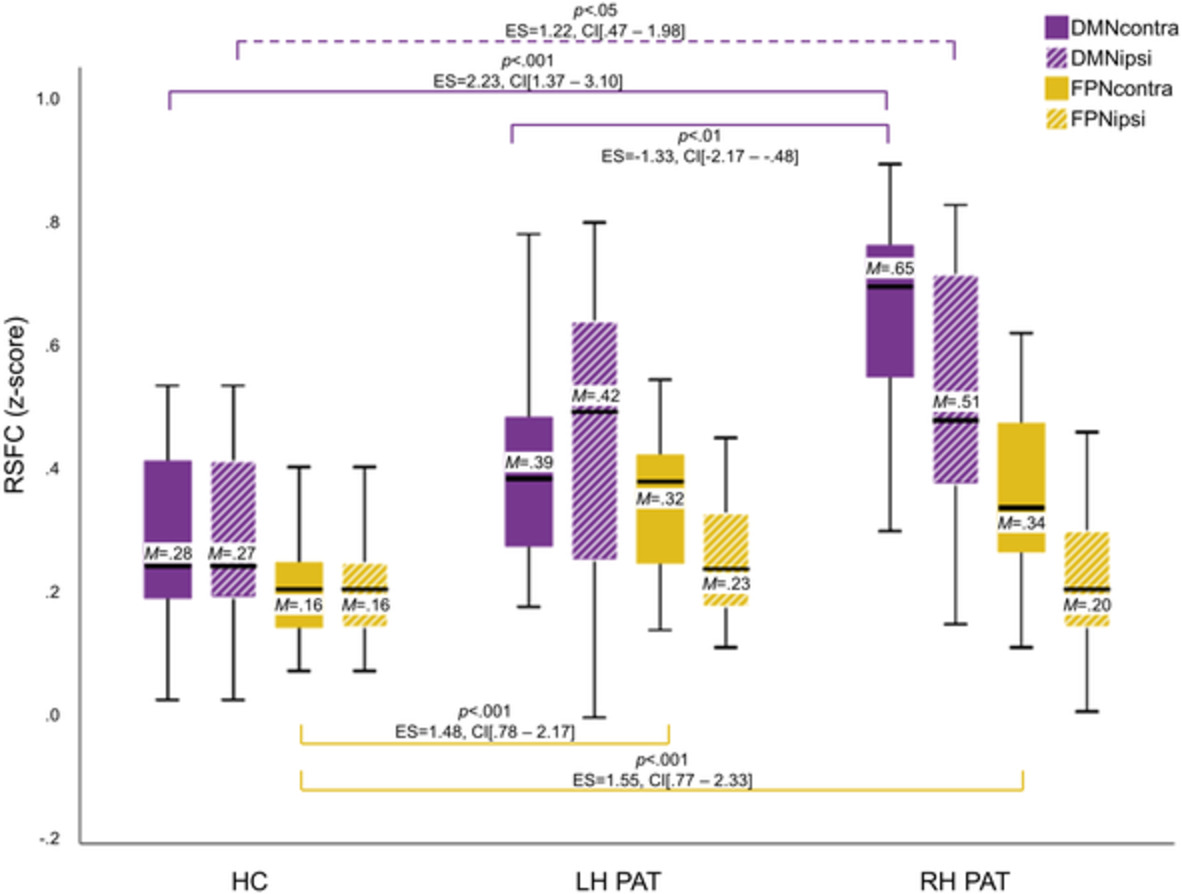
This prospective study investigated hemispheric resting-state functional connectivity (RSFC) differences in the default-mode network (DMN) and fronto-parietal network (FPN) between patients with left- and right-hemispheric gliomas and healthy controls (LH PAT, RH PAT, HC), addressing asymmetry effects the tumor might have on network-specific intrinsic functional connectivity under consideration of the prognostically relevant isocitrate-dehydrogenase mutation status. Hemispheric RSFC in glioma patients varied depending on tumor hemisphere and investigated network, indicating a dissociation between tumor-related DMN- and FPN-RSFC changes. Hemispheric RSFC increases were not necessarily found to be beneficial for performance in terms of better performance measures in patients, but to vary depending on tumor side and cognitive demand, which seemed to be further altered by IDH-mutation status.
The neural basis of metacognitive monitoring during arithmetic in the developing brain
- Pages: 4562-4573
- First Published: 23 July 2020
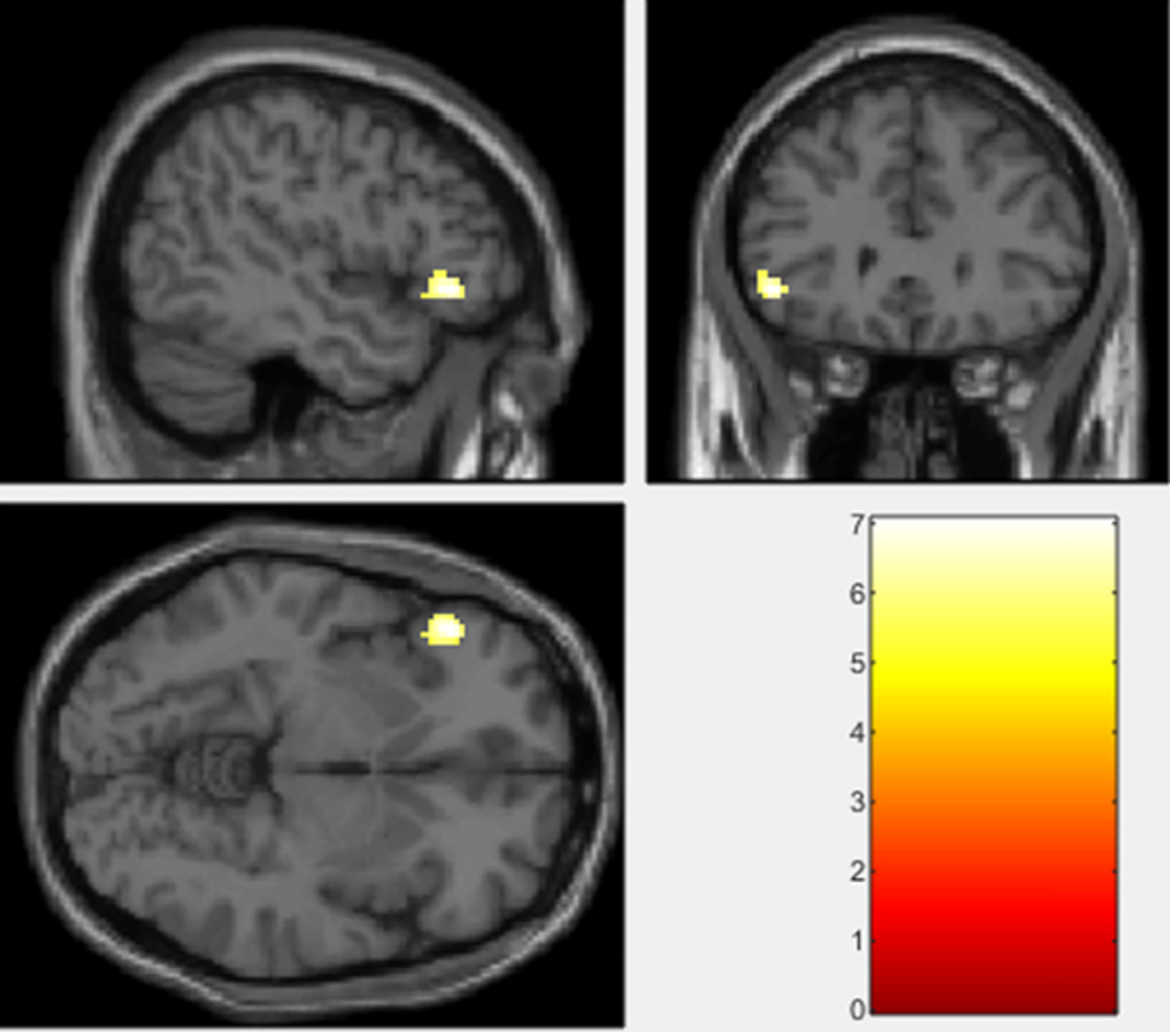
The current study is the first to demonstrate that brain activity during metacognitive (MC) monitoring, relative to the control task, increased in the left inferior frontal gyrus in 9- to 10- year-old children (n = 50). This brain activity further correlated with children's arithmetic development over a 3-year time period. These data are in line with the frequently suggested, yet never empirically tested, hypothesis that activity in the prefrontal cortex during arithmetic is related to the higher-order process of MC monitoring.
Do intrinsic brain functional networks predict working memory from childhood to adulthood?
- Pages: 4574-4586
- First Published: 30 July 2020
High-density intracranial recordings reveal a distinct site in anterior dorsal precentral cortex that tracks perceived speech
- Pages: 4587-4609
- First Published: 03 August 2020
Adjusting for allometric scaling in ABIDE I challenges subcortical volume differences in autism spectrum disorder
- Pages: 4610-4629
- First Published: 30 July 2020
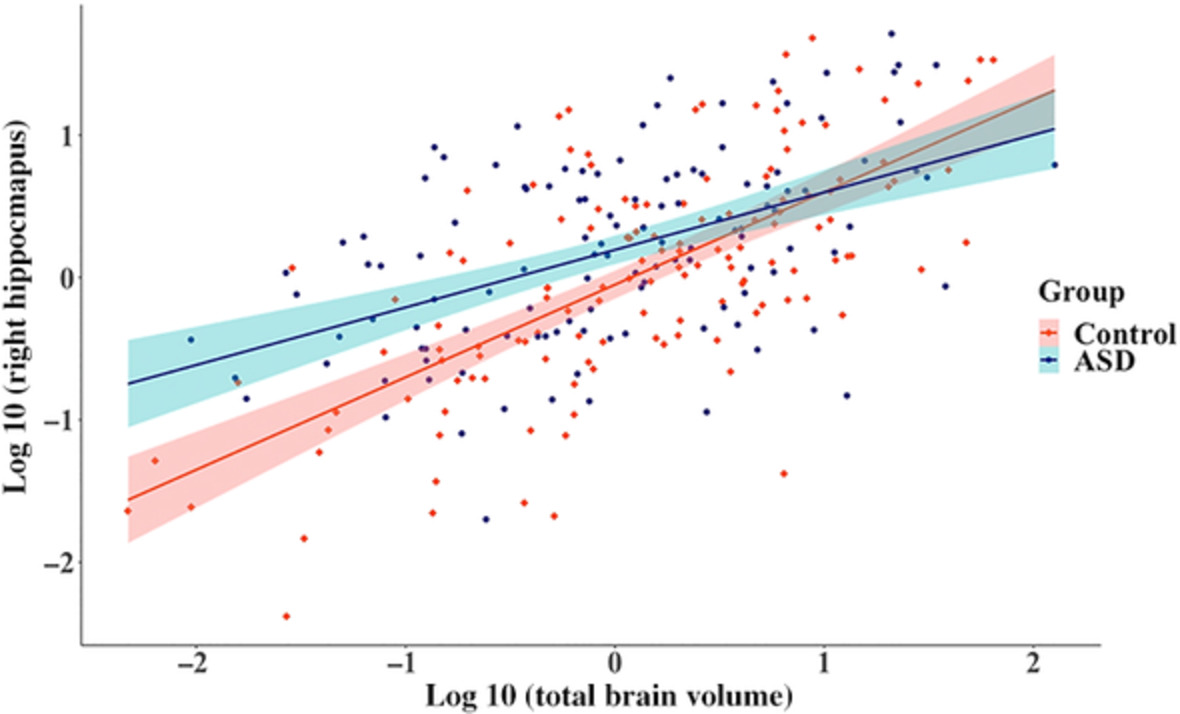
To properly adjust for TBV, brain allometry—the nonlinear scaling relationship between regional volumes and TBV—was considered when examining subcortical volumetric differences between typically developing and ASD individuals. No robust subcortical allometric or volumetric group differences were observed in the entire sample across the univariate linear mixed effects models and the multivariate multiple group confirmatory factor analyses.
Causal role of lateral prefrontal cortex in mental effort and fatigue
- Pages: 4630-4640
- First Published: 25 July 2020
Spatially coherent and topographically organized pathways of the human globus pallidus
- Pages: 4641-4661
- First Published: 05 August 2020
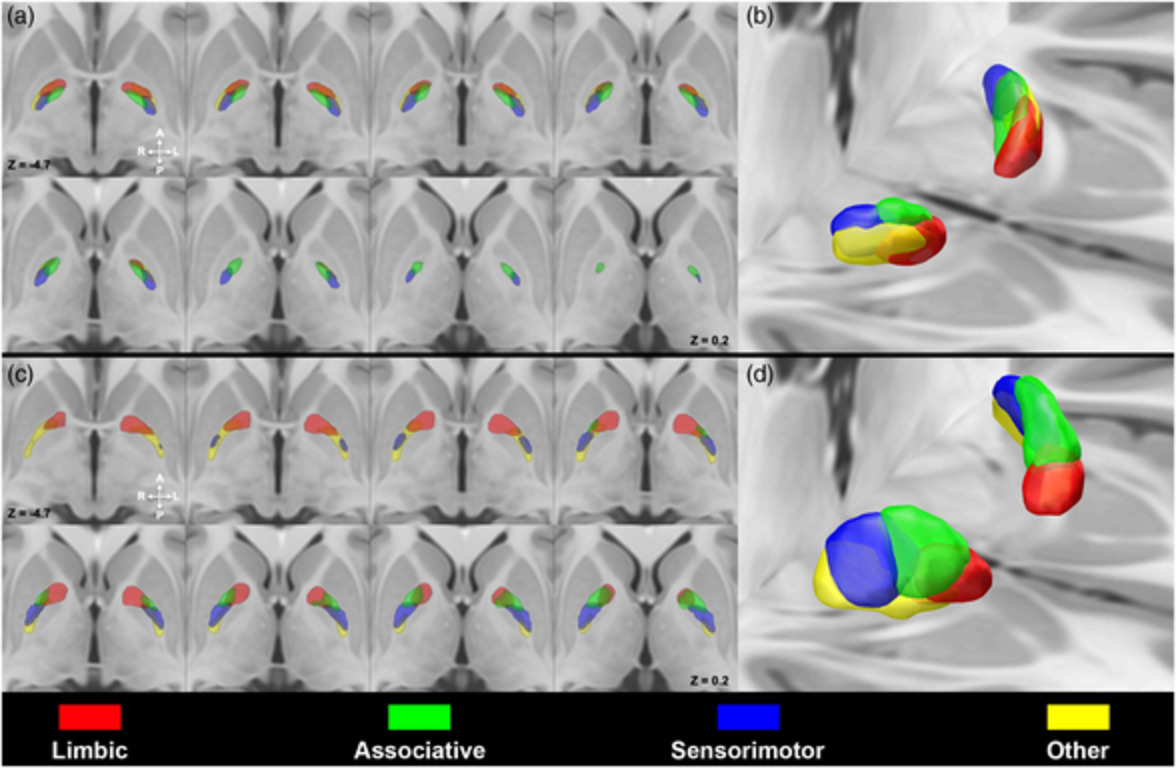
The identification of internal globus pallidus (GP) sensorimotor territory has therapeutic implications in functional neurosurgery settings. This study is aimed at assessing the spatial coherence of striatopallidal, subthalamopallidal and pallidothalamic pathways by using tractography-derived connectivity-based parcellation. Our results suggest that the general topographical organization of connectivity parcels is highly consistent across the internal and external GP, regardless the bundle of interest, corroborating the hypothesis that different pathways, running parallel and in series to one other, may share the same spatial organization pattern. Indeed, we found high similarity among functionally homologous connectivity maps derived from the striatopallidal, subthalamopallidal and pallidothalamic tracts. In other words, we show neuroimaging evidences suggesting the presence of partially segregated yet integrated functional territories within the GP, derived from connectivity patterns that maintain a consistent topographical arrangement throughout the entire cortico-basal ganglia-thalamo-cortical circuitry.
Upward and downward comparisons across monetary and status domains
- Pages: 4662-4675
- First Published: 23 July 2020
Maturation of cortical microstructure and cognitive development in childhood and adolescence: A T1w/T2w ratio MRI study
- Pages: 4676-4690
- First Published: 03 August 2020
The intimate relationship between coalescent generators in very premature human newborn brains: Quantifying the coupling of nested endogenous oscillations
- Pages: 4691-4703
- First Published: 30 July 2020
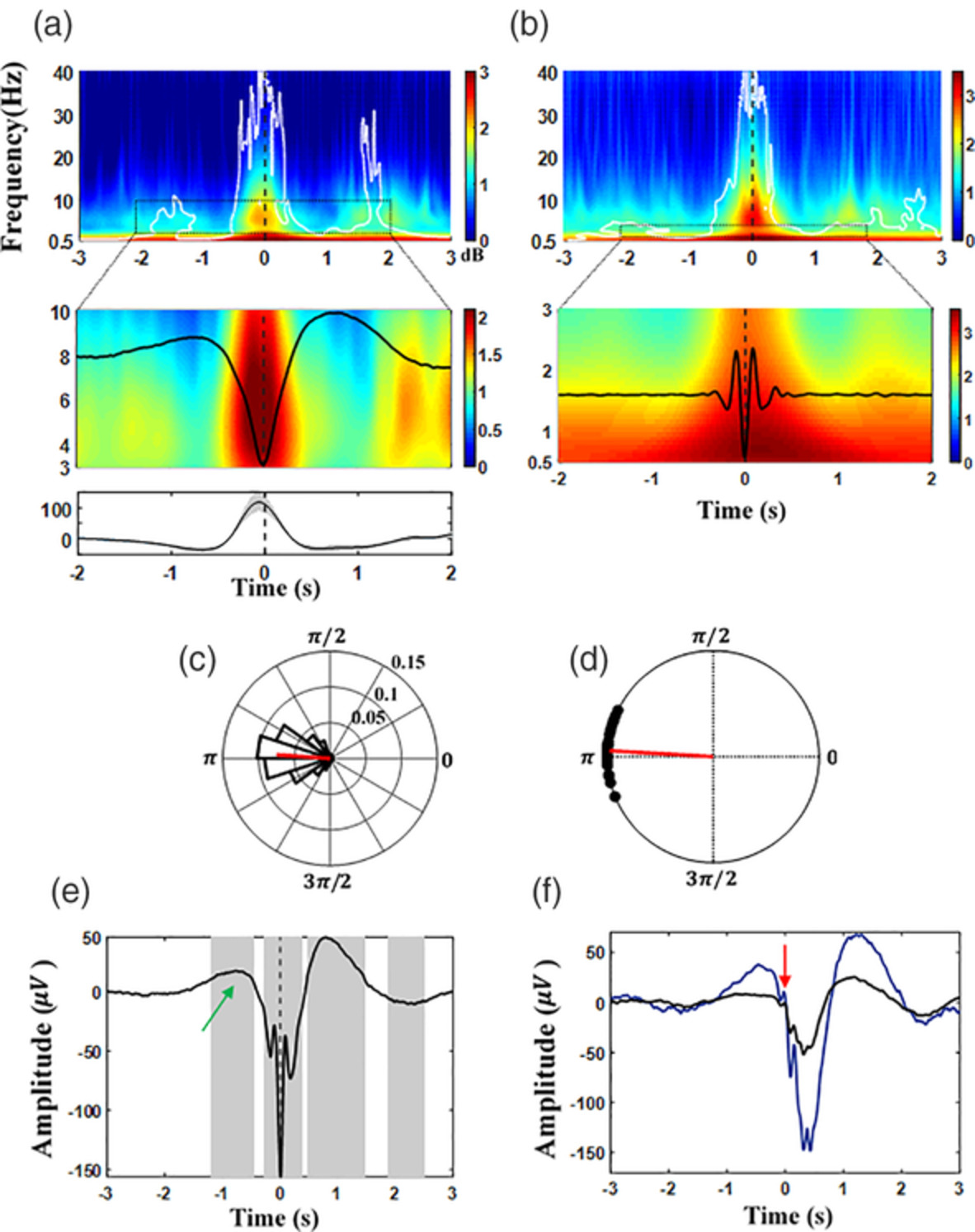
Prematurity is a risk factor for neurodevelopmental disorders. The functionality of endogenous activities may define the principles of their coalescence, according to which a fast activity conveying information is nested in a modulating slow wave. We precisely describe the existence of such a coalescence in very premature neonates, in terms of phase-amplitude coupling with a strict fine-tuning between temporal theta activities riding on a specific phase of slow waves. This study is unique in characterizing the intimate organization of the first neurobiomarker of the perisylvian areas involved, the disorganization of which is of potential predictive value for language disabilities
Longitudinal atrophy in early Braak regions in preclinical Alzheimer's disease
- Pages: 4704-4717
- First Published: 26 August 2020

We investigated the utility of tailored measures of longitudinal change of the medial temporal lobe (MTL) subregions quantified from longitudinal structural MRI in tracking disease progression in preclinical Alzheimer's disease. Experiment results showed that our longitudinal measurements are more sensitive to disease progression in preclinical AD compared to longitudinal cognitive (PACC, ADAS-Cog) and plasma NfL measures. Also, accelerated atrophy in preclinical AD seems to occur only in the presence of concomitant tau pathology. The proposed longitudinal measurements may serve as efficient outcome measures in clinical trials.
The maternal brain: Region-specific patterns of brain aging are traceable decades after childbirth
- Pages: 4718-4729
- First Published: 07 August 2020
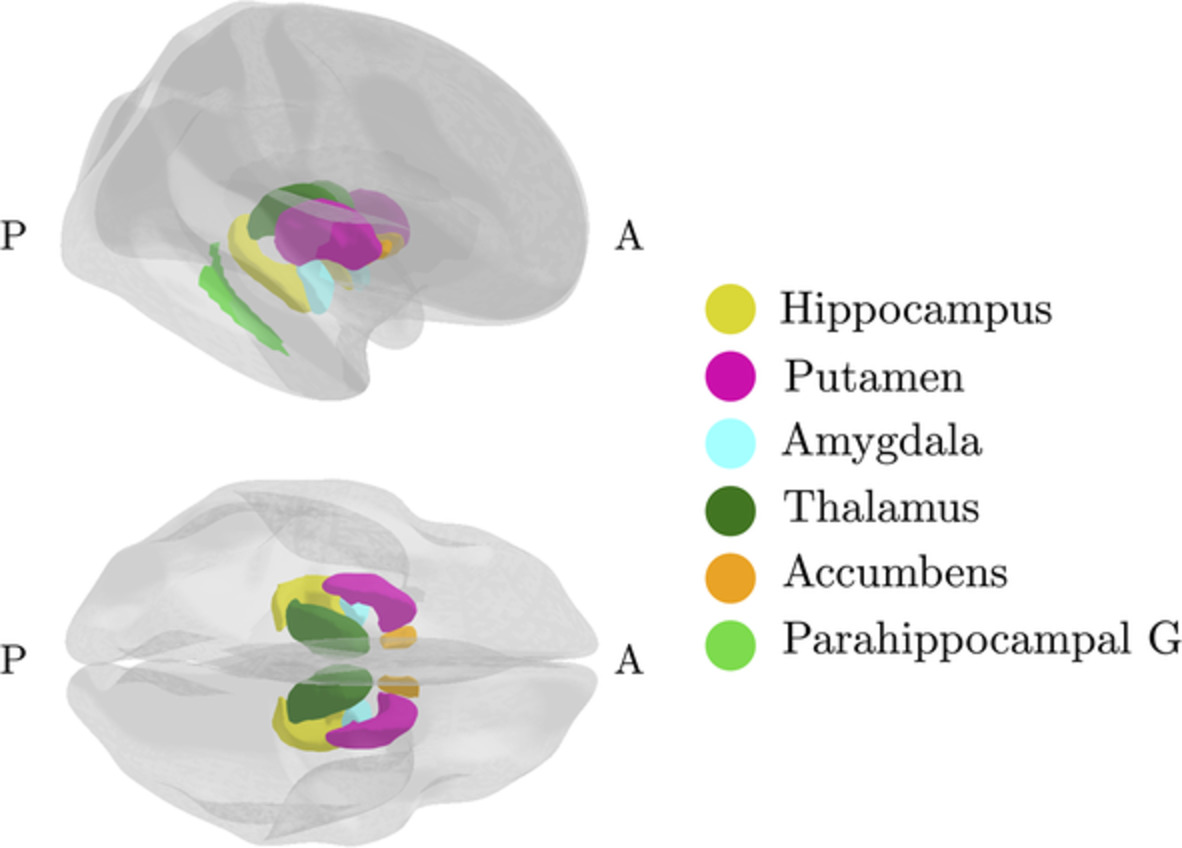
In this study, we identified regional brain-aging patterns linked to parity in 19,787 middle- and older-aged women. A higher number of previous childbirths were linked to less apparent brain aging in striatal and limbic regions. The strongest effect was found in the accumbens—a key region in the mesolimbic reward system, which plays an important role in maternal behavior.
Multiscale neurobiological correlates of human neuroticism
- Pages: 4730-4743
- First Published: 17 August 2020
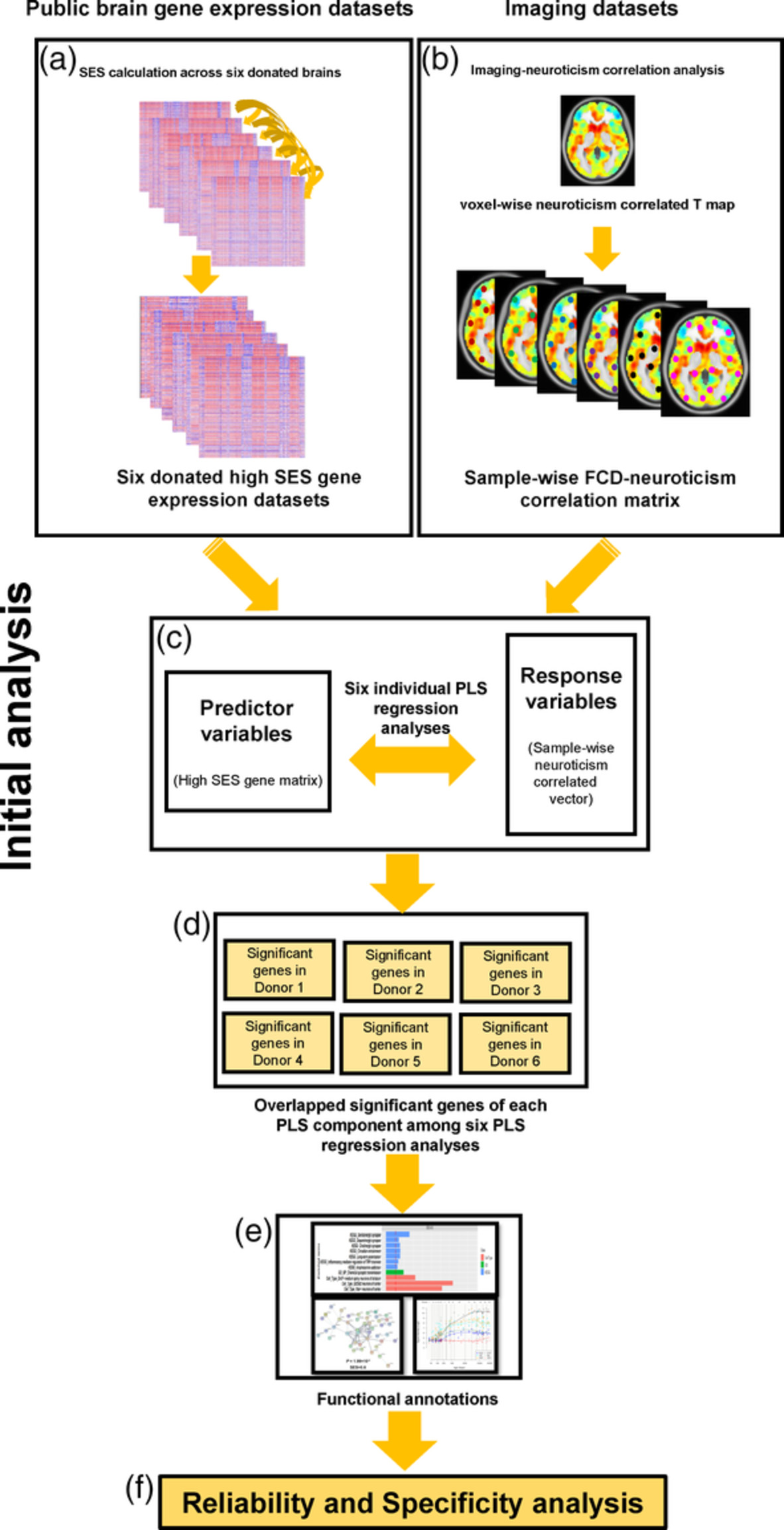
In this study, we found that human neuroticism was correlated with functional connectivity in the ventral striatum and the neuroticism-functional connectivity density (FCD) correlations could be specifically explained by a major genetic component implicated in the chemical synaptic transmission pathway, circadian entrainment, long-term potentiation, inflammatory mediator regulation of TRP channels, and amphetamine addiction neurons. In the protein–protein interaction analysis, we identified several genes of G protein subunit gamma 10, 5-hydroxytryptamine receptor 2C, prodynorphin, calcium/calmodulin-dependent protein kinase II alpha as hub genes associated with neuroticism-related FCD map. These findings may improve our understanding of the genetic and neural substrates of human neuroticism.
Unsupervised clustering of dopamine transporter PET imaging discovers heterogeneity of parkinsonism
- Pages: 4744-4752
- First Published: 05 August 2020
Visual stimuli induce serotonin release in occipital cortex: A simultaneous positron emission tomography/magnetic resonance imaging study
- Pages: 4753-4763
- First Published: 19 August 2020
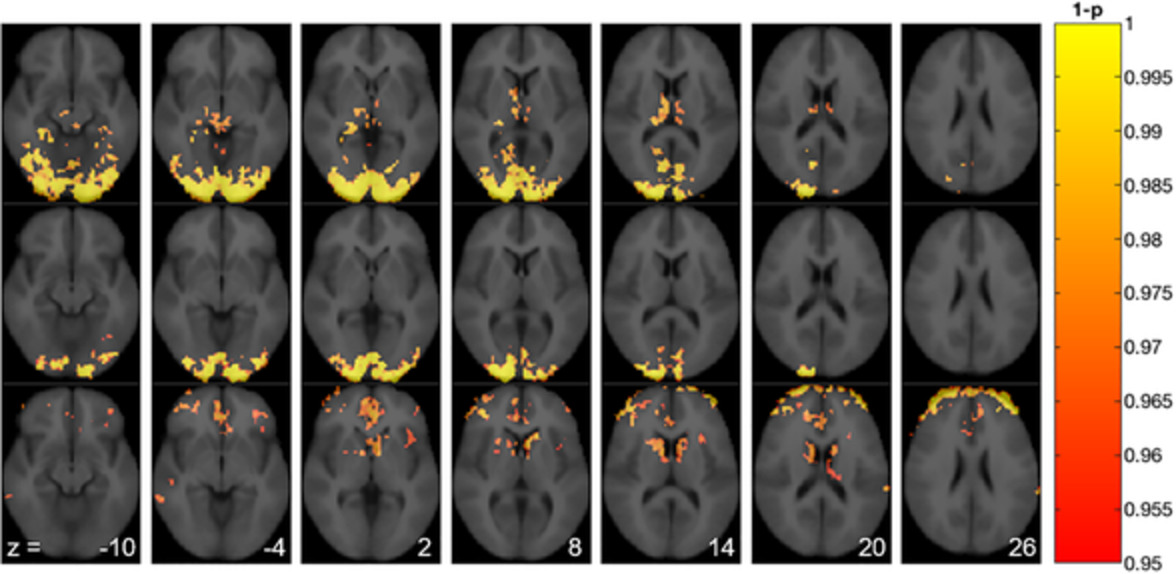
Here, we study the neural responses to a visual stimulus using simultaneous positron emission tomography/magnetic resonance imaging. We find a significant association between anincrease in cerebral blood flow (CBF) in the occipital cortex along and a decrease in [11C]AZ10419369 binding, suggesting synaptic serotonin (5-HT) release. To the best of our knowledge, this is the first time that simultaneous changes in CBF and 5-HT levels in response to physiological stimuli have been measured.




